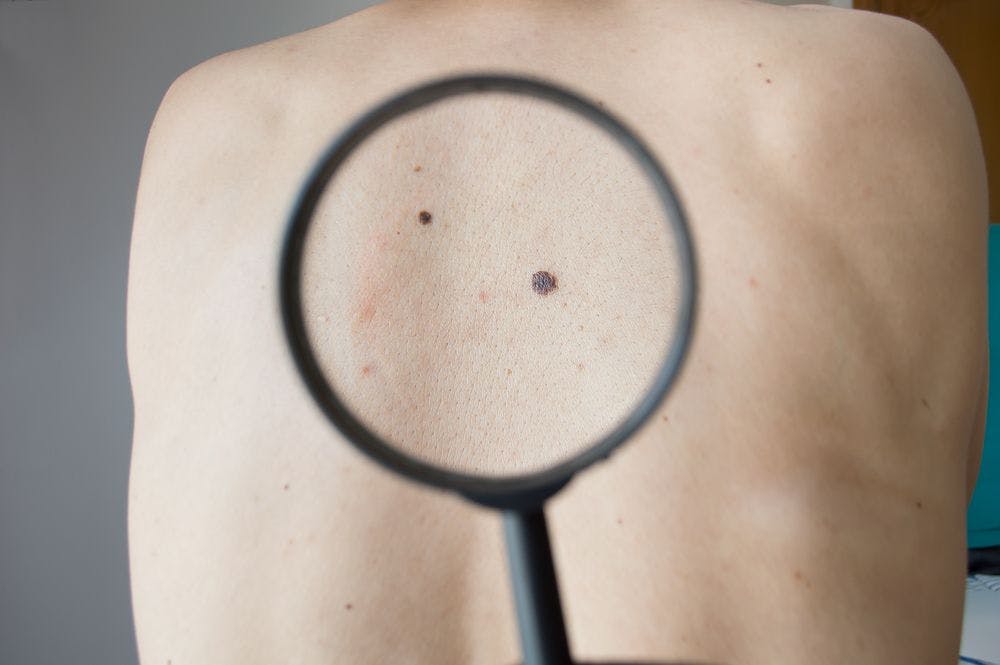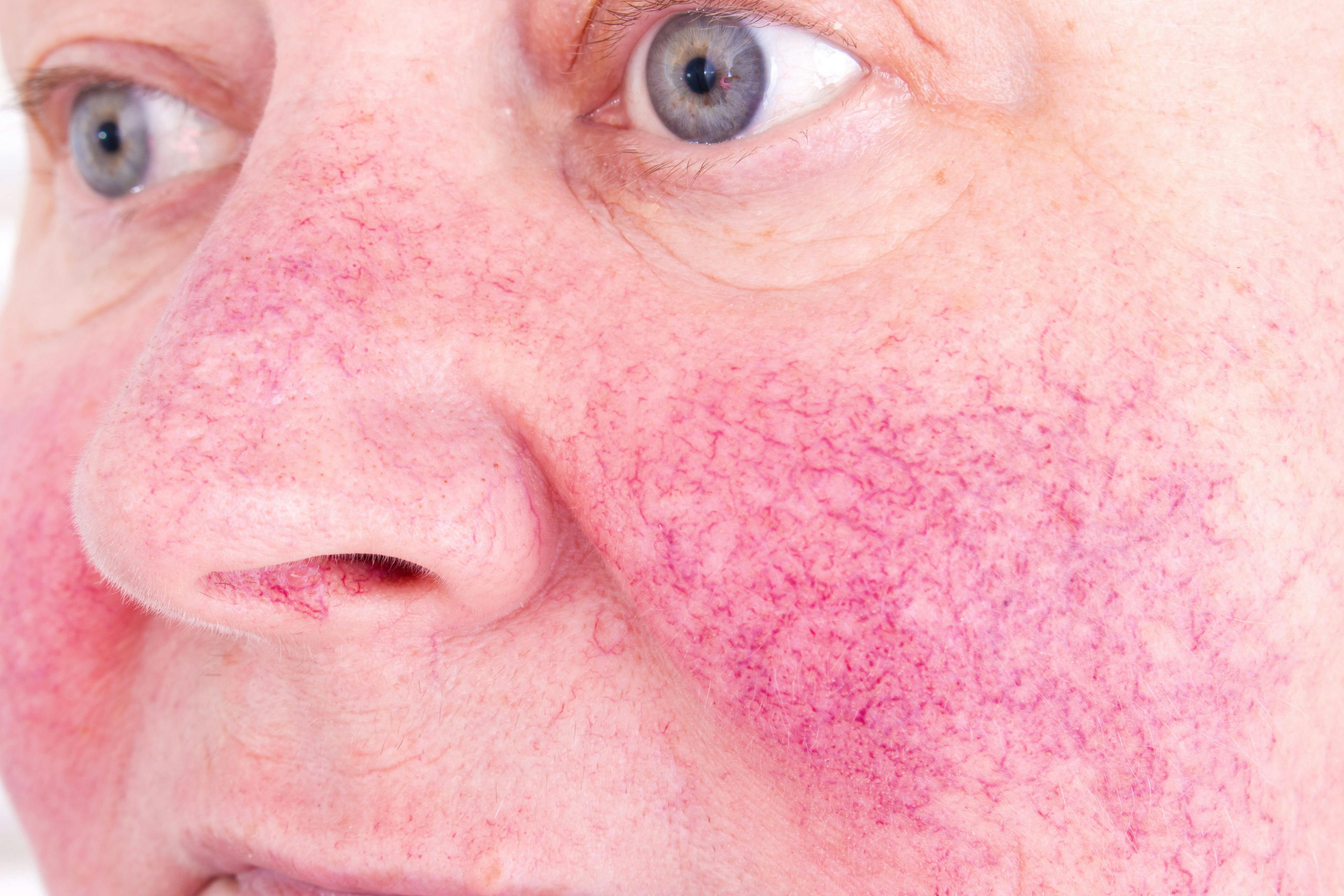- Acne
- Actinic Keratosis
- Aesthetics
- Alopecia
- Atopic Dermatitis
- Buy-and-Bill
- COVID-19
- Case-Based Roundtable
- Chronic Hand Eczema
- Chronic Spontaneous Urticaria
- Drug Watch
- Eczema
- General Dermatology
- Hidradenitis Suppurativa
- Melasma
- NP and PA
- Pediatric Dermatology
- Pigmentary Disorders
- Practice Management
- Precision Medicine and Biologics
- Prurigo Nodularis
- Psoriasis
- Psoriatic Arthritis
- Rare Disease
- Rosacea
- Skin Cancer
- Vitiligo
- Wound Care
Publication
Article
Dermatology Times
Hair growth treatments
Author(s):
The often-devastating impact of female hair loss requires dermatologists to diagnose and quell underlying pathology as quickly as possible, usually using combination therapies followed by long-term maintenance.
Dr. Roberts

Dr. Callender

The often-devastating impact of female hair loss requires dermatologists to diagnose and quell underlying pathology as quickly as possible, usually using combination therapies followed by long-term maintenance.
Wendy E. Roberts, M.D., Mirage, Calif., advises patients against seeking answers online when concerned about hair loss.
"Find a dermatologist who specializes in hair regrowth and ask them about the best supplements and nutritionals,” she says. “Don't be that person who comes in with a bag of 20 products, $5,000 later. Think value and use your money to see a specialist. It's going to be cheaper, and you're going to get results."
For milder forms of hair loss, Dr. Roberts prescribes Viviscal, Nutrafol and Vitalize Hair supplements differently.
"Some people take two of them. Some may rotate two of them,” she says.
Vitalize gummies provide a basic multivitamin, with increased amounts of hair-growth helpers including biotin, zinc, folate and vitamin D.
"The Viviscal AminoMar is a special ingredient. I may want [patients] on that too," adds Dr. Roberts. “Nutrafol's ashwagandha addresses stress-related problems.”
Dietarily, Dr. Roberts recommends that patients eat more sulfur-rich foods such as beef.
ROOT OF THE PROBLEM
With nonscarring alopecias, Valerie Callender, M.D., Washington, D.C., says that if one can determine the cause, most patients can achieve regrowth.
A key aspect of the hair-loss examination is determining whether the problem stems from the scalp or distal hair shaft. Dr. Callender performs hair-pull tests in different sections of the scalp.
"I usually perform the test at the vertex, two parietal sides and the occipital area of the scalp,” she says. “It is best to select 15 or more hairs from each section and pull. I look to see if the hair is shedding or coming out from the scalp, or if there are broken hairs that correlate with hair breakage."
Shampooing restrictions related to hair-pull tests are controversial, adds Dr. Callender.
Traditionally, it was believed that women should avoid shampooing their hair for five days prior to the hair-pull test. However, a 181-patient study published in theJournal of the American Academy of Dermatology showed that it had no effect on when patients washed or brushed their hair before the hair-pull test.1
Hair breakage or acquired trichorrhexis nodosa usually results from grooming habits such as chemical treatments and the overuse of heat, like blow dryers.
"The hair becomes dry and brittle and lacks moisture. It could be in the winter when the hair and skin tend to be much drier," says Dr. Callender.
Shedding from the scalp usually signifies a scalp or systemic component.
"If it's systemic, the first thing we think about is telogen effluvium. We also consider female pattern hair loss (FPHL)," she says.
The most common type of hair loss in all women, FPHL is categorized by very mild shedding.
With telogen effluvium, combing or shampooing produces significant hair loss. Shedding 50 to 100 hairs daily is considered normal, "but if you've never lost 50 to 100 hairs a day and it happens to you, that's abnormal," says Dr. Callender.
Dermatoscopy can help differentiate between various forms of female hair loss.
"Using a dermatoscope," she says, "you can make the diagnosis noninvasively, and in some cases, you won't have to do a scalp biopsy. This technique allows the clinician to identify whether the hair loss is a nonscarring alopecia, such as androgenetic alopecia (AGA), or whether there is an inflammatory scarring component."
Subdermal platelet-rich plasma (PRP) can help with AGA. In a 2018 study published in Dermatologic Surgery, Hausauer et al. showed that a regimen including three monthly sessions with an additional booster every three months (Group 1) outperformed two sessions administered every three months (Group 2).2 Investigators randomized 40 patients with moderate AGA to one of the regimens and found that at the six-month mark, both groups showed statistically significant hair-count increases (p<0.001). Mean improvement in Group 1 was 29.6%, compared to 7.2% in group 2 (p<0.001). Additionally, both regimens produced similar statistically significant increases in hair-shaft caliber.
In clinical practice, most dermatologists use the regimen of three-monthly sessions with an additional booster every three months.
"The boosters are important because although you may get regrowth with the three-monthly sessions, the follicles will revert to vellus hairs again if they don't have continued stimulation," says Dr. Callender.
SPECIAL CONSIDERATIONS FOR WOMEN
Nonscarring female hair loss may indicate hyperandrogenicity, which can produce polycystic ovary syndrome (PCOS).3 Additional signs of PCOS can include acne, hirsutism (facial hair in a male distribution) and abnormal menses.
"Hair loss can be a sign of an internal or systemic problem. That's why the workup is important," Dr. Callender says.
Other forms of nonscarring female hair loss include anagen effluvium, alopecia areata and traction alopecia.
Cicatricial (scarring) alopecia tends to occur secondary to other factors such as infections, trauma, tumors or inflammatory processes. Central centrifugal cicatricial alopecia (CCCA) is particularly common in women of color, with an estimated prevalence up to 5.6% among women of African ancestry.4
"Previously, we thought that CCCA was caused by heat, or hair straightening by the use of a thermal device such as a hot comb or flat iron,” says Dr. Callender. “Then, when women would chemically straighten their hair, we thought that the hair relaxers were irritating the scalp."
A recent study suggests there's a genetic component to CCCA - variant PADI3.4 In a cohort of 16 women, the study in the New England Journal of Medicine found that five patients (31%) had abnormalities in this gene, one splice site and three heterozygous missense mutations. PADI3 encodes peptidyl arginine deaminase, type III (PADI3). This enzyme post-translationally modifies other proteins essential to hair-shaft formation.
"That's groundbreaking," says Dr. Callender. "If you can identify a gene, you may be able to develop new therapies based on the gene."It's important for patients to understand that CCCA treatment focuses on stopping disease progression.
"That means we use anti-inflammatory agents including topical and intralesional corticosteroids to treat the inflammation that precedes the scarring process,” she says. “We also use doxycycline mainly as a systemic anti-inflammatory agent."
Once inflammation is resolved and the scalp is stable for at least a year, she says, patients can undergo hair transplantation.
Often, dermatologists stop treating CCCA once inflammation resolves, only to have the disease flare again.
"I tell my patients that there's an active phase and a maintenance phase of therapy,” says Dr. Callender. “We have to counsel patients that we don't have a cure for CCCA, so most patients need to be on some type of maintenance regimen after we've treated effectively."
Disclosures:
Dr. Roberts is a speaker and/or consultant for Regen Lab, Aesthetics Biomedical, Lifes2Good, Nutraceutical Wellness Inc. And Vitalize.
Dr. Callender reports no relevant financial interests.
References:
1. McDonald KA, Shelley AJ, Colantonio S, Beecker J. Hair pull test: Evidence-based update and revision of guidelines. J Am Acad Dermatol. 2017;76:472-477.
2. Hausauer AK, Jones DH. Evaluating the efficacy of the platelet-rich plasma regimens for management of androgenetic alopecia: a single center, blinded, randomized clinical trial. Dermatol Surg. 2018;44:1191-1200.
3. Madnani N, Khan K, Chauhan P, Parmar G. Polycystic ovarian syndrome. Indian J Dermatol Venereol Leprol. 2013;79:310-21.
4. Malki L, Sarig O, Romano MT, et al. Variant PADI3 in central centrifugal cicatricial alopecia. N Engl J Med. 2019;380:833-841.

Newsletter
Like what you’re reading? Subscribe to Dermatology Times for weekly updates on therapies, innovations, and real-world practice tips.




























